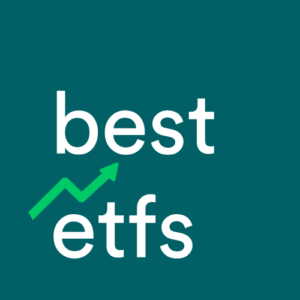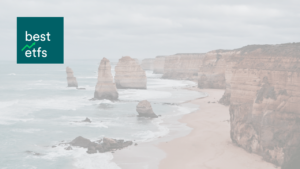The Betashares Managed Risk Australian Share Fund (Managed Fund) ETF (ASX: AUST) and BetaShares Active Australian Hybrids Fund (Managed Fund) ETF (ASX: HBRD) are Exchange-Traded Funds (ETFs) operating in the Australian shares and Fixed interest – Australia sectors, respectively.
How would an investor add AUST to a portfolio?
The BetaShares AUST Fund is an actively managed fund that passively tracks the ASX 200, while providing investors with a risk managed approach that aims to minimise volatility and protect against losses in declining markets.
According to our most recent data, the AUST ETF had $21.77 million of money invested. Given its funds under management (also known as FUM or ‘market cap’) is less than $100 million, you should consider if this ETF is still too small and if it is sustainable for the ETF issuer. At Best ETFs we say an ETF with more than $100 million invested is typically more sustainable than one with less than $100 million (at least). However, there are exceptions to this general rule, especially if the ETF issuer/provider is reputable and committed to growing the ETF’s FUM through effective marketing strategies and distribution to financial advisers.
Fees to consider
According to our numbers, the annual management fee on the AUST ETF is 0.49%. The issuer, Betashares, collects this fee automatically.
Meaning, if you invested $2,000 in the AUST ETF for a full year you could expect to pay management fees of around $9.80. This fee is different from the fee you pay to your brokerage provider (e.g. CommSec, NabTrade, SelfWealth, etc.), which is the fee to buy or sell the ETF. In addition to a management fee charged by the issuer, be mindful to check the ‘spread‘ for the ETF.
A fee comparison
Fees aren’t the only key consideration for ETF investors, but it’s an easy thing to do. To understand if the ETF you’re looking at is too costly, compare it with other ETFs from the same sector, and against the industry average. For example, the average management fee (MER) across all of the ETFs covered by the Best ETFs Australia team was 0.51%, which is $10.20 per $2,000 invested. Keep in mind that small changes in the fees paid can make a big difference after 10 or 20 years. You should read the AUST Product Disclosure Statement (PDS), available on the ETF issuer’s website, because it will detail the fees, tax implications and the latest information.
The AUST ETF could be one to add to your watchlist. If you want to access our full ETF review, click here to get our full report – it’s totally free.
Getting to know the HBRD ETF
The BetaShares HBRD Fund provides investors with exposure to hybrids. Think of hybrids this way: companies can raise capital by either issuing debt or equity. Debt and equity each have different characteristics, advantages and disadvantages. Hybrid securities have some characteristics of both.
With our numbers for October 2021, HBRD’s FUM stood at $1478.23 million. Since the HBRD’s FUM is over $100 million, our investing team would say the ETF has met our minimum criteria for the total amount invested, otherwise known as FUM. A very sustainable ETF in the Index sector should be able to scale well and become profitable for the ETF issuer.
Are the fees for the HBRD ETF bad?
BetaShares, the ETF issuer, charges a yearly management fee of 0.55% for the HBRD ETF. Meaning, if you invested $2,000 for a full 12-month period you could expect to pay a base management fee of around $11.00.
The management fee is above the average for all ETFs on our list of ASX ETFs, but keep in mind the ETF may be able to justify the higher price tag with superior performance over time.
Picking over ETFs seems too easy to be true: ‘just pick one and put it in your bottom-drawer’. However, it’s important to get it right the first time so that you won’t end up having to chop-and-change positions (and potentially pay extra tax). To make your life a little easier, if you’re looking at the HBRD ETF, make sure you click here to access our analyst’s investment report. It’s free.
[ls_content_block id=”4954″ para=”paragraphs”]




